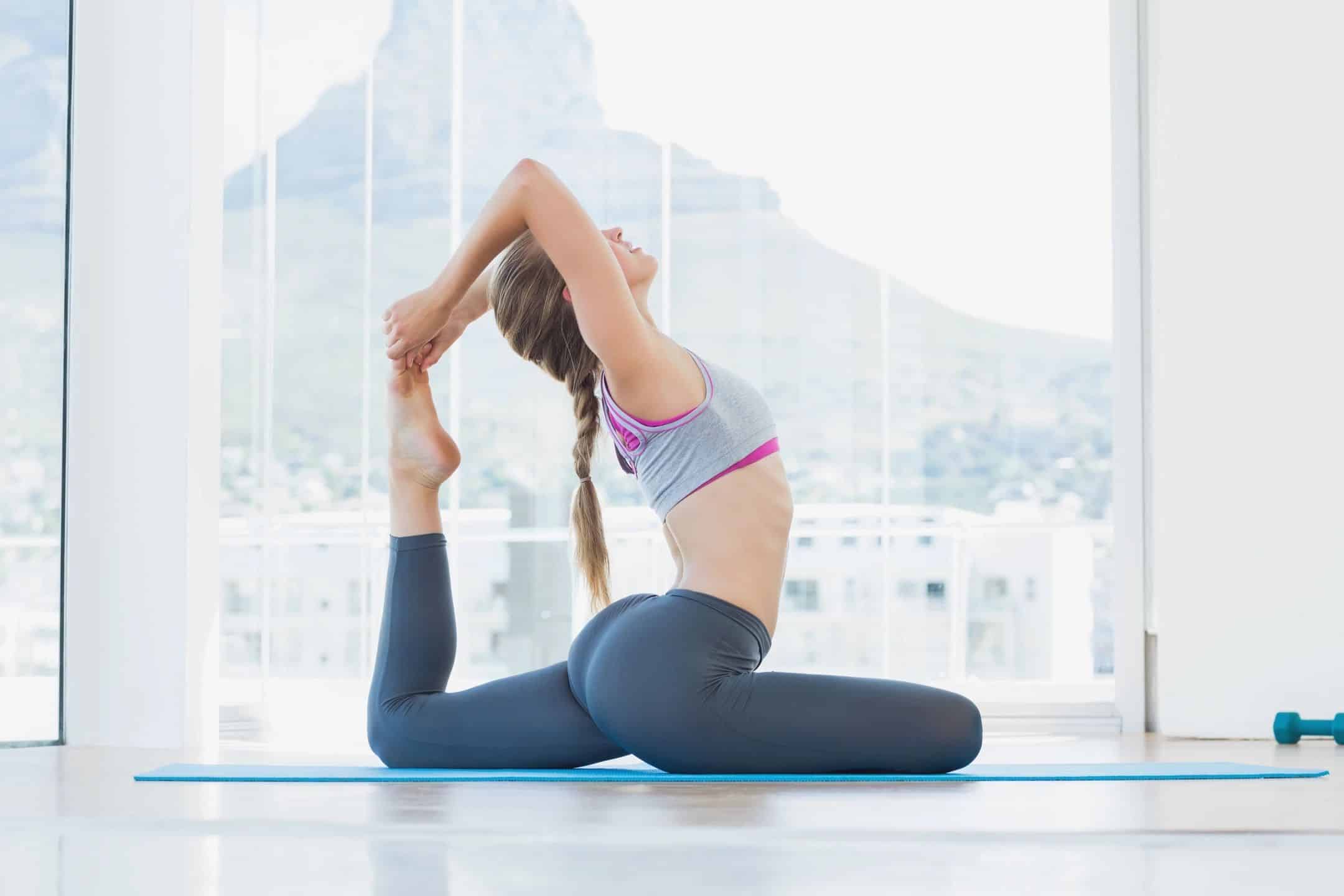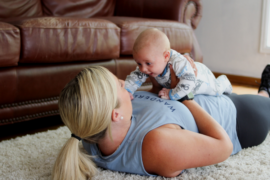Keeping both you and your baby healthy while breastfeeding requires a proper meal plan and some guidance. If you would like a step-by-step program to help you lose weight safely, check out all our courses, programs, challenges, & recipe book.
Yoga is a wonderful, gentle technique to start introducing strength back into your life postpartum. Especially before the 6-week mark, as a way to reconnect your mind to the muscles that have been weakened. Previously I was a Pilates instructor, which is very similar to Yoga in terms of the type of strength. The breathing techniques and poses are different, but both do wonders for mama healing after birth.
Here are 6 Yoga poses that will help your postnatal body start to feel alive again:
Child’s Pose and Kegels:
Do the pose, she explains, then when facing downward, practice inhaling, then exhaling and contracting your pelvic floor muscles. Think of stopping yourself from using the bathroom, and continue each contraction into zipping up your lower core muscles.
Pelvic Rocking:
We call these pelvic tilts in Pilates. You want to lie on your back, knees bent, and feet shoulder-width apart. Flatten your pelvis, practice inhaling, and exhaling, squeeze with your pelvic floor muscles first, NOT YOUR GLUTES, and continue the contraction to your lower abs. As you do this, rock your pelvis up and towards your face. Exhale as you let your pelvis fall back into a neutral position.
Warrior Pose:
This will help with endurance and strength overall. It will work multiple muscles in your body without being too strenuous.
Viparita Karani (Legs-Up-the-Wall Pose):
This is a healing, and restorative pose that promotes blood circulation, helps alleviate digestive problems, insomnia, and headaches, and can essentially re-energize nearly all parts of the body.
Cat/Cow:
This one is basic and helps stretch those pelvic floor muscles. This video explains it well:
Bridge:
This is another one we do in Pilates, usually soon after pelvic tilts. This strengthens the glutes and teaches our minds to control sections of our bodies. Lie on your back like you are going to do a pelvic tilt. Follow the same movement pattern, except bridge up after tilting your pelvis. This engages your pelvic floor, core, and glutes in one fluid movement.
If you haven’t yet, check out all our courses, programs, challenges, & recipe book!








Comments are closed.